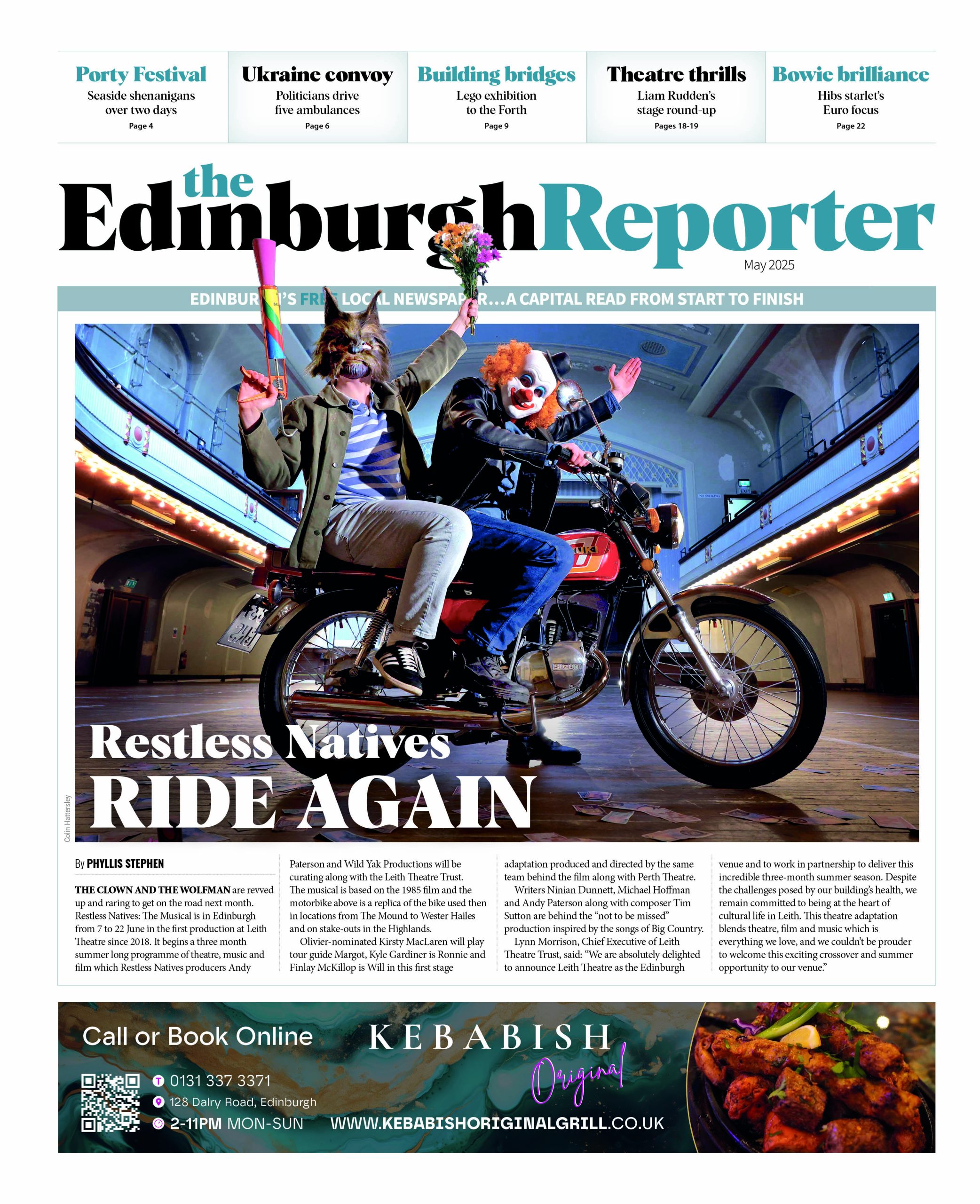The Statue for Elsie Inglis charity is moving on with plans for a statue of the renowned doctor and suffragist to be depicted in the uniform of her medical field service at a site on the Royal Mile.
A sculptor, The Royal Sculptor in Ordinary to the King, Alexander Stoddart, was appointed in 2022 by the trustees to create a fitting tribute in what will be a rare example of a statue for a named woman in Edinburgh.
The trustees advise they are now ready to apply for the necessary planning permission to site the statue outside 219 High Street which is near the hospice which Dr Inglis set up for poor women and children in 1904. Their core object is stated to be: “To ensure the heritage and history of Dr Elsie Maud Inglis (1864 – 1917) is preserved in Edinburgh; commemorating her life and work at home and abroad, whilst educating children and visitors to the city and ensuring her legacy is remembered by future generations.”
Dr Inglis was born in India but studied medicine in Edinburgh at Sr Sophia Jex Blake’s newly opened Edinburgh School of Medicine for Women. After a career which took her to London and Dublin she came back to Edinburgh in 1894 to establish a medical practice. The University of Edinburgh has placed a plaque in hr memory on the south side of Old Surgeons’ Quarter.


Frank Ross, Chair of Trustees and former Lord Provost, said: “The submission of the planning application for a statue to commemorate the life and work of Dr Elsie Inglis is a significant milestone in the project to deliver a lasting tribute on the Royal Mile.
“The design statement included with the application details the highest quality of materials to be used and as such we expect the total project costs to be in the region of £300,000.
“The Trustees continue to be committed to the delivery of this project and we hope that all those who recognise the life and work of Dr Elsie Inglis will be supportive.”
The design brief which will be published along with the planning application explains that no expense is to be spared given the subject and the high profile location in the city.
Mr Stoddart has created other statues in the capital with the best known including those of James Clark Maxwell, Adam Smith, David Hume, William Henry Playfair, and The Robert Louis Stevenson monument on St John’s Road.

The statement prepared by Jewitt and Wilkie Architects, confirms that Mr Stoddart was appointed by the trustees and that this commission was not a competitive one. This is factually correct, but there was previously a competition set up by the trustees, who had at that time raised around £50,000 or so for the project from public and other donations. No further public fundraising is envisaged. The competitive process was then halted immediately when Mr Stoddart agreed to the commission, causing an outcry among those sculptors, some amateurs, who had wanted to submit their designs for the important statue.
The instructions to the sculptor are both extensive and detailed and confirm that the statue which is “designed to form a lasting, fitting and serious monument to the most famous female media in Scottish history, will have a pedestal and low granite plinth. It is proposed to be patinated in a gentle verdigris with a pedestal which will be “richly decorated with enamelled coloured passages evoking the characteristic idiom of architectural and sculptural adornment of the 1920s era in which the city of Edinburgh excelled”.
“The scale of the monument is determined by the nature of the
Jewitt and Wilkie
subject on the one hand, and the durability of the exposed object in a
public space on the other. Deciding on these matters is not an arbitrary,
conceptual exercise, but rather a process involving long standing
experience and knowledge of the field. Naturally, the need for high visual
impact requires an increase in scale from the banality of life-size to
something able to hold its own in the teaming environment of the Royal
Mile. The pedestal is part and parcel of the process of securing notice
for the piece. To omit a pedestal would be to demote the subject in the
context of the other Royal Mile monuments.”
Our headline is a reference to the advice given to Dr Inglis when she tried to sign up with the Royal Army Medical Corps. She was told to “Go Home and Sit Still”. Instead she set up 14 Scottish Women’s Hospitals for Foreign Services. Dr Inglis raised the equivalent of £50+ million in today’s money to found her hospitals staffed by women but who treated the men injured during the First World War. One of the hospitals was set up in Kragujevac, Serbia. After the war, the Serbian population had been decimated by a typhus epidemic and Dr Inglis worked there. She refused to leave until a boat transporting her and the Serbian soldiers was commissioned to sail to Newcastle. She arrived there in a frail condition and died on 26 November 1917.She is buried in Dean Cemetery in Edinburgh.
In April 1916 Dr Inglis was awarded the Order of the White Eagle (First Class) by Crown Prince Alexander of Serbia.


Founding Editor of The Edinburgh Reporter.
Edinburgh-born multimedia journalist and iPhoneographer.






